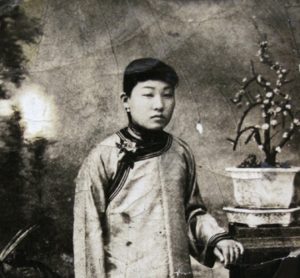“In the 1920s, Toronto was bigger and busier than ever. People had steady jobs and families had a place to live. There was plenty of food to go around. Until that time, most people living in Toronto had a British background but now thousands were arriving from other parts of Europe to live and work in the city. Immigrants from Poland and the Ukraine worked in the stockyards and meat-packing plants in the Junction at Keele and Dundas streets. Kensington Market attracted Jews from Russia and Eastern Europe. Blacks from the Caribbean lived around Front and Sherbourne streets.
For the Chinese, the story was quite different. The Chinese Exclusion Act of 1923 stopped the influx of Chinese immigrants. None were arriving and most of the Chinese living in Toronto were males. The explanation for the predominance of men is simple. With few exceptions, only men left China to come to Canada, and tradition and social customs prevented women from leaving with them. The early need for young, strong male workers to build the railway and the expensive head taxes added further deterrents for female immigration. Chinese women were such a rarity that the arrival of Lock Quong’s wife in 1909 was newsworthy on page one of the Toronto Daily Star on October 11.”
Excerpted from The Chinese Community in Toronto: Then and Now by Arlene Chan, published by Dundurn Press. Copyright © 2013 by Arlene Chan
Image Credit: Keith Lock

